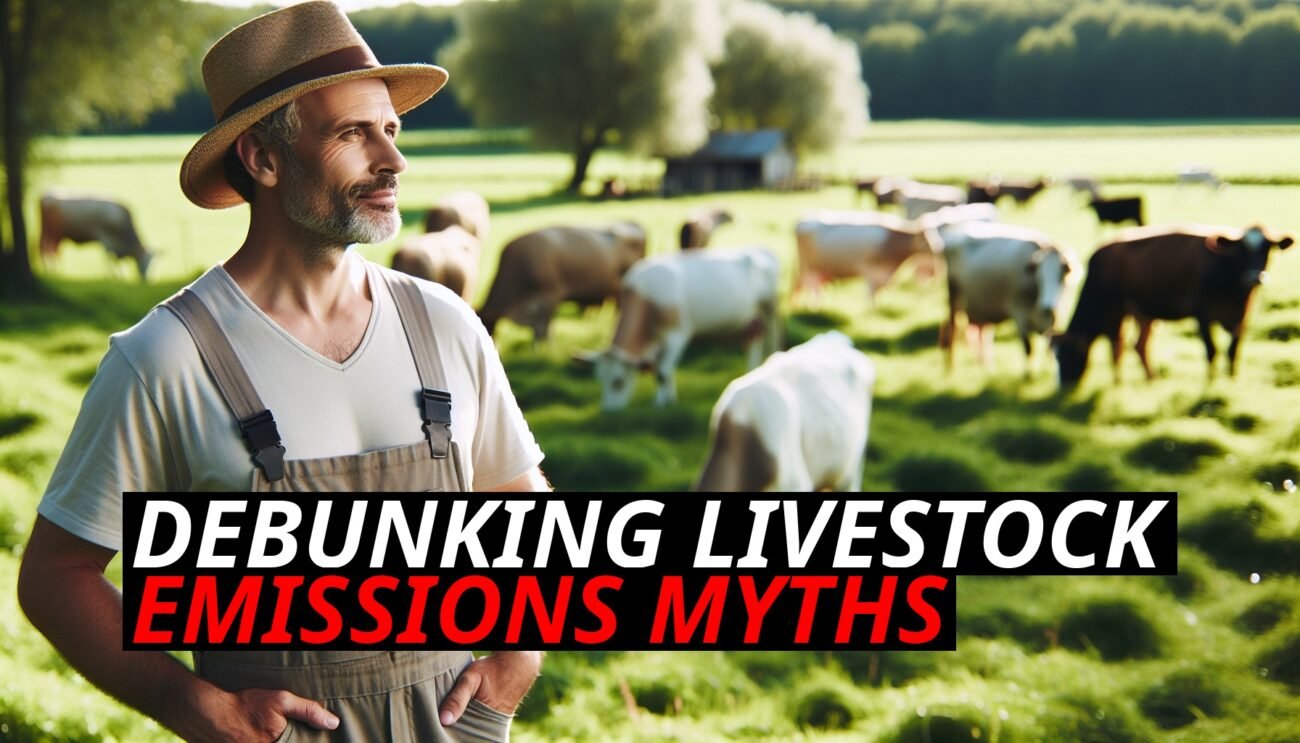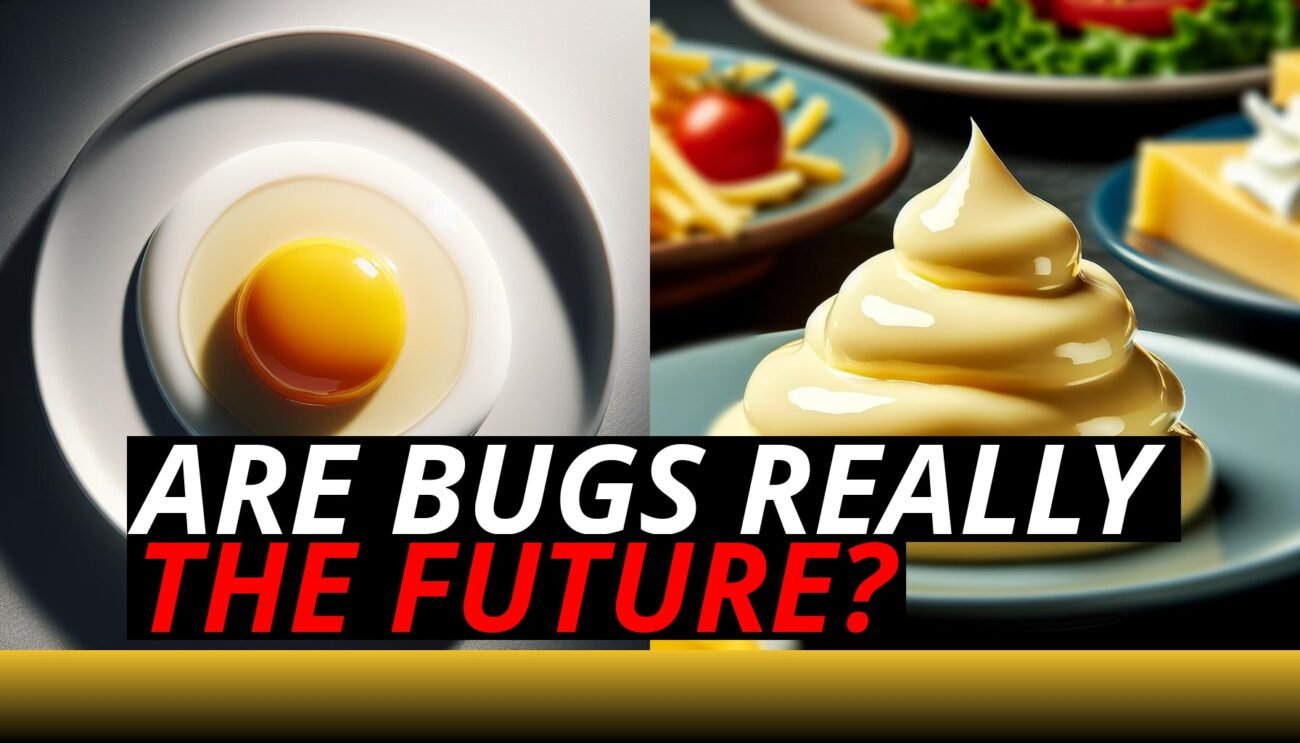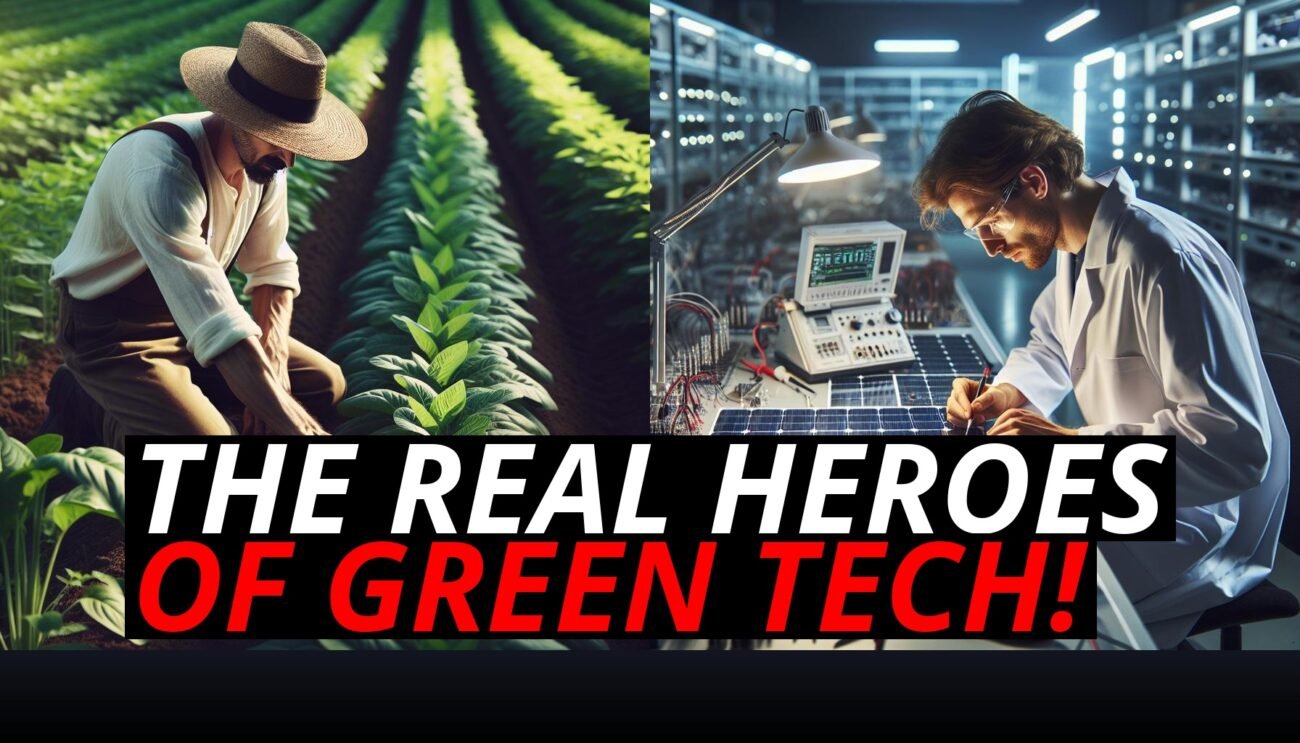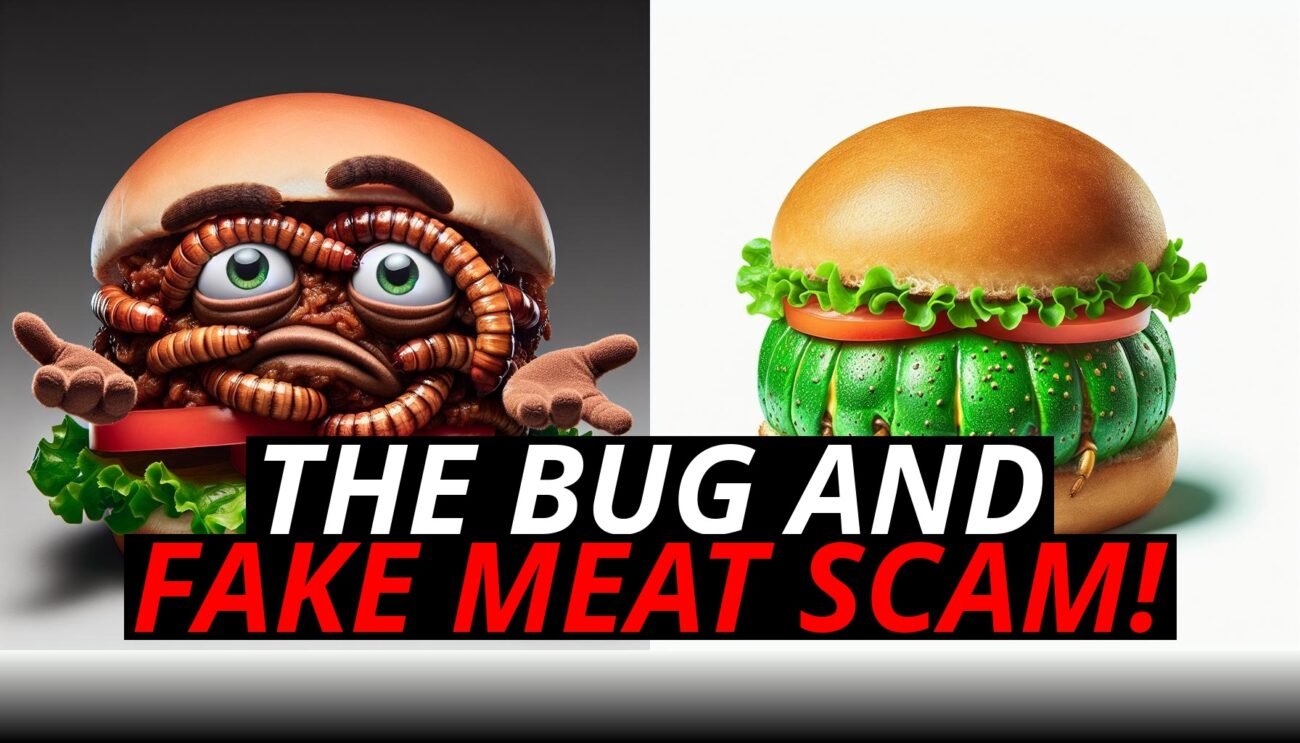It’s a common belief that plants are cheaper and more sustainable than meat, especially when it comes to feeding animals. However, when we take a closer look at the logistics of feeding herbivores, both in agriculture and in zoos, it turns out that plants may not be the economic or environmental bargain we think they are. In fact, feeding herbivores often comes with hidden costs—both financial and ecological—that make it more expensive and resource-intensive than feeding carnivores.
Let’s explore why plants can be more costly than meat, and how the environmental and economic realities of feeding herbivores challenge common assumptions about sustainability.
Feeding Herbivores: A Specialized And Costly Diet
One of the major misconceptions about herbivores is that they can eat any plant. In reality, most herbivores have highly specialized diets, meaning they can only consume specific types of plants that meet their nutritional needs. This presents a significant challenge, especially for zoos and farms, where the right kind of plants must be grown or imported to feed the animals.
Some examples of the challenges in feeding herbivores include:
- Specialized Plant Needs: Many herbivores, such as pandas or koalas, rely on specific plants that don’t grow just anywhere. Pandas, for example, eat almost exclusively bamboo, which may need to be imported or grown in controlled environments when not locally available.
- Seasonal Limitations: Unlike meat, which can be frozen and stored for long periods, plants often have seasonal availability. During off-seasons, zoos and farms may have to source plants from distant locations, adding to the cost of transportation and storage.
The specialized nature of herbivore diets makes feeding them far more complex and expensive than feeding carnivores, which can thrive on a broader variety of meats available year-round.
Importing Plants: The Hidden Economic And Environmental Cost
While feeding carnivores in zoos is straightforward—meat can be sourced from a variety of suppliers—feeding herbivores often requires importing specific plants from distant regions. This practice comes with both economic and environmental costs that are frequently overlooked.
Some of the hidden costs of importing plants include:
- Transportation Costs: Importing plants involves shipping them across great distances, often by air or sea. The fuel and energy required to transport these plants contribute to a higher carbon footprint, making them far less environmentally friendly than they seem.
- Refrigeration and Storage: Many plants require specific conditions to remain fresh during transportation, which means they must be stored in refrigerated containers. This adds to the overall cost and increases energy consumption, further driving up the environmental impact.
In contrast, feeding carnivores involves fewer logistical challenges, as meat can be sourced locally or stored for longer periods without significant degradation. This makes feeding herbivores a financially and environmentally costly endeavor.
The Environmental Toll Of Plant-Based Diets For Herbivores
Feeding herbivores isn’t just expensive—it also has a significant environmental toll. The assumption that plants are always more sustainable than meat doesn’t account for the resource-intensive nature of growing specific crops to feed herbivores.
Some environmental concerns tied to plant farming include:
- Water Use: Many of the plants needed to feed herbivores, such as alfalfa or bamboo, require large amounts of water to grow. In regions where water is scarce, this places additional stress on local water supplies, contributing to droughts and water shortages.
- Land Use and Deforestation: Growing the vast amounts of plants needed to feed herbivores often requires converting forests or other natural landscapes into farmland. This contributes to deforestation and habitat destruction, which has long-term consequences for biodiversity and carbon sequestration.
- Fertilizer and Pesticides: Industrial-scale farming to produce plant-based feeds often relies on synthetic fertilizers and pesticides. These chemicals can leach into waterways, causing pollution and damaging ecosystems.
While feeding herbivores might seem like the greener option, the environmental impact of sourcing and growing their food reveals a more complex and resource-intensive reality.
Meat As A More Sustainable Option: The Case For Carnivores
It may seem counterintuitive, but feeding carnivores can actually be more sustainable than feeding herbivores. Carnivores, such as lions or wolves, can consume a wide variety of meats, which makes their feeding far simpler and less resource-intensive than that of herbivores. In many cases, zoos and farms can source meat locally, cutting down on transportation costs and environmental impact.
Some benefits of feeding carnivores include:
- Meat Flexibility: Carnivores aren’t picky about where their meat comes from—they can eat chicken, beef, or fish, which allows zoos and farms to purchase affordable, locally sourced meat. This reduces the need for importing specialized foods from across the world.
- Reduced Land Use: Raising animals for meat doesn’t require the same large-scale conversion of natural ecosystems into farmland. In fact, grazing animals can coexist with the land in a sustainable way, enhancing soil health and biodiversity through practices like rotational grazing.
While carnivores may need a steady supply of meat, the flexibility in sourcing this meat and the reduced need for specific plants makes feeding them a more sustainable option in many cases.
Crop Farming Vs. Grazing: The Real Impact On Land Use
One of the key factors that makes feeding herbivores more costly than feeding carnivores is the significant amount of land required to grow their food. Unlike grazing systems, where animals move across the land and help regenerate it, crop farming for herbivore feed can deplete the soil, drain water supplies, and contribute to land degradation.
Some key differences between crop farming and grazing include:
- Monoculture Farming: Growing the same crop repeatedly on the same land leads to soil depletion and a loss of biodiversity. This practice requires heavy use of fertilizers and water, making it unsustainable in the long run.
- Soil Erosion: Without the deep root systems of diverse plant life to hold the soil in place, crop farming often leads to erosion. This reduces the fertility of the land and can result in desertification over time.
- Grazing and Regeneration: In contrast, grazing animals like cows and sheep can help regenerate the land through natural processes. Their manure enriches the soil, and their movement across the land helps aerate the soil, allowing water and nutrients to penetrate deeper into the earth.
By comparing the environmental impact of crop farming for herbivores to the benefits of grazing, it becomes clear that meat production—especially when based on sustainable grazing practices—can be a more environmentally friendly option.
Conclusion: The Hidden Costs Of Feeding Herbivores
The assumption that feeding herbivores is cheaper and more sustainable than feeding carnivores is a myth that doesn’t hold up under scrutiny. From the specialized diets of herbivores that require costly imported plants to the environmental toll of large-scale crop farming, it’s clear that plants can be more costly than meat in many cases.
By embracing sustainable practices like rotational grazing and local sourcing of meat, we can reduce the environmental and economic impact of feeding animals, whether in zoos or on farms. As we rethink our approach to animal diets, it’s important to recognize that feeding herbivores comes with hidden costs that challenge the notion that plants are always the more sustainable choice.













